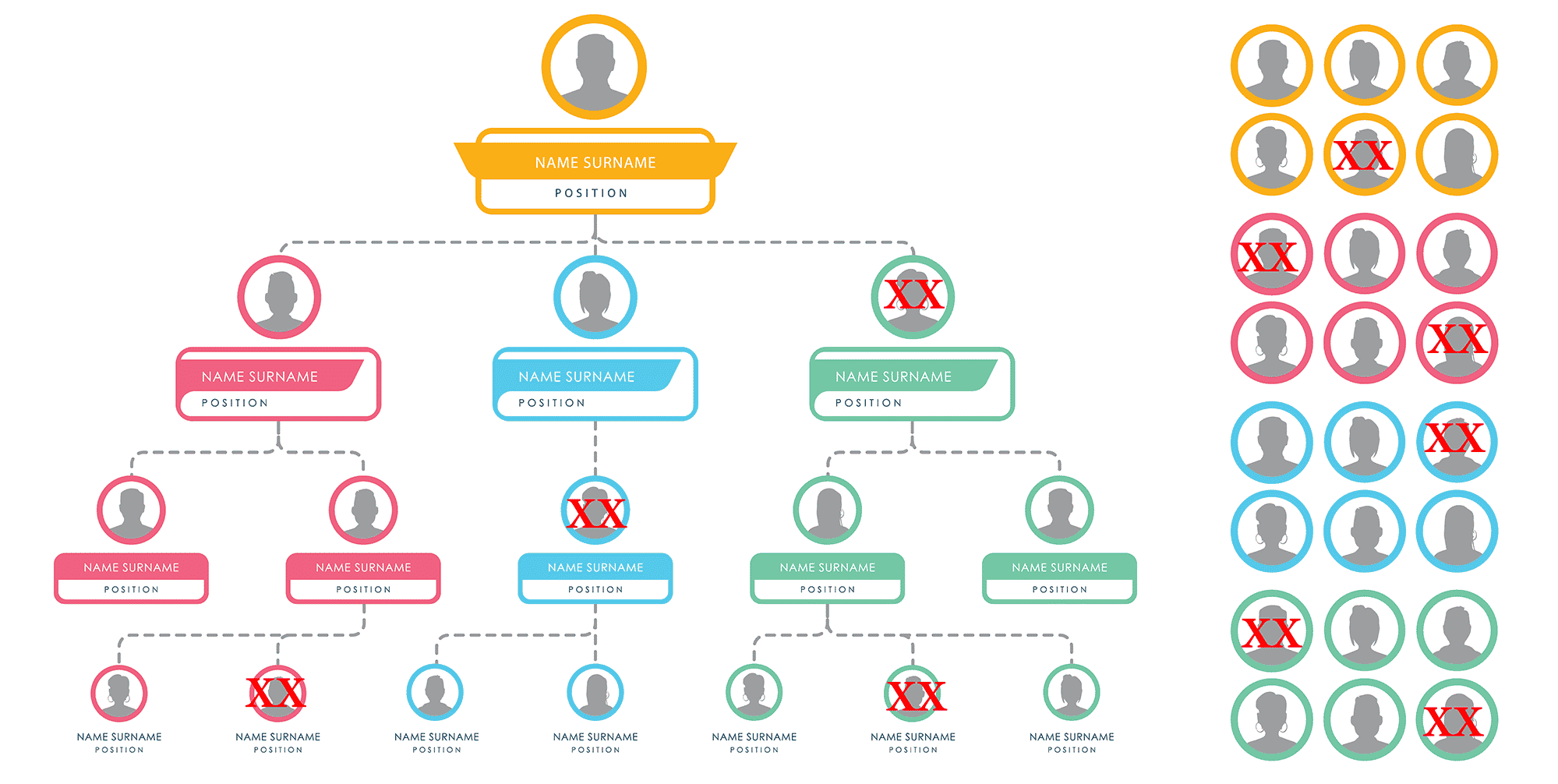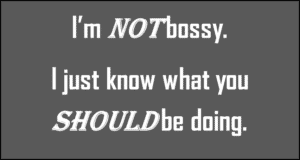DEI is DOA …and we killed it!

Disclaimer: the opinions expressed here are that of the author. Caution: some of you may agree with them.
Some of you may be offended by this. Me saying sorry you’re offended probably won’t make you feel any better.
It’s a good bet that you and I have different ideas about the goals of well-intentioned DEI efforts, how they should be measured, and the benefits they can bring an organization. And I would argue that’s a good thing; after all, that’s what diversity of thought is all about.
But we have absolutely ruined what diversity, equality, and inclusion policies were meant to bring to the workplace by the heavy-handed and ham-fisted way we’ve shoved them down people’s throats.
And we wonder why people aren’t embracing what should have already existed in the organization… as if the unreceptive employees are heretics who should be burned at the stake.
Obviously, something set me off and, as usual, it was another close encounter with a friend who’s struggling in a business turned upside down by a new CEO top-down driven DEI agenda. After the swift exodus of high-performing talent who didn’t like to be told what they had to believe, there’s yet another new CEO who’s left to hold together a business that may not survive.
Probably not the goal of the DEI-focused CEO.
Let’s dissect this DEI, shall we? It used to be diversity, equality, and inclusion and has evolved somewhat (unfortunately, in my opinion), so let’s take each part as it has to do with your BUSINESS. That’s right, a change in your business, not society.
DIVERSITY: We have always believed that when reasonably intelligent, well-intentioned people with the company’s best interests in mind have a difference of opinion and are able to have an adult conversation about it – no matter what they look like – it’s good for the company. This is the essence of diversity of thought. And for it to be part of your culture, it has to be promoted and practiced at the very senior levels of leadership.
Group-think is a virus that grows quickly in an organization and usually dooms it to failure. A group of old white men can group-think just as easily as a rainbow-colored group of men and women who are hesitant to raise their voice in dissent around the boardroom table.
Deny it and you’re lying to yourself.
If you want more physical diversity in your organization, you have to hire differently than you have in the past. Plain and simple.
But that doesn’t mean lowering hiring standards! No, you need to expand your recruiting pool, create programs (internships) that attract talent, and invest in programs that develop the kind of future talent you’re looking for to lead your company in the coming years.
That’s what we should have been doing all along.
How about EQUALITY? Equal compensation for equal value to the company? Equal opportunity to advance in the organization for qualified individuals? Of course it should be that way! It should have always been that way. The best way to make sure that happens is to have a system of checks and balances to review both; you probably have perfectly capable people to do that already. I added that last bit because you don’t have to hire a slew of self-proclaimed DEI “experts” to do the job. Just don’t leave it in the hands of a single individual or you invite (and encourage) bias and favoritism into the process.
EQUALITY does not mean EQUITY! Equity has come to mean giving a few smaller pieces of the pie so others get more. And I don’t even mean everyone gets an equal share of the pie… that’s called socialism.
I once explained the concept to my socially liberal daughter by using her grades in school. As a straight A student, I suggested she give a letter grade to those who weren’t passing so that, while she would still be above average, the other students could pass and be promoted to the next level. Not surprisingly, she protested the proposal.
Some cry “that’s not fair!” You want fair? It comes once a year with cotton candy and fun rides. Equality is fair; equity is not. As leaders, we have to understand the difference.
INCLUSION. Merriam-Webster does a fine job of defining it for me: “the act or practice of including and accommodating people who have historically been excluded (as because of their race, gender, sexuality, or ability).” It’s the opposite of exclusion. I’m good with the definition because we (the we who these programs are meant to help) have historically been exclusive – discriminatory, if you will – in hiring, paying, and promoting practices.
But give me a break, WE have been doing bad things to each other since the advent of the human condition. Mostly out of ignorance, pride, and jealousy (think Cain and Abel).
Here’s why inclusion gets a bad rap, with an apology to Lewis Carroll:
“When I use a word,” Humpty Dumpty said in rather a scornful tone, “it means just what I choose it to mean — neither more nor less.”
“The question is,” said Alice, “whether you can make words mean so many different things.”
“The question is,” said Humpty Dumpty, “which is to be master — that’s all.”
The military ensured I worked with a number of people I didn’t particularly care for over the years, mostly for their work ethic, and I’ve been in the EEO crosshairs for it more than once.
Naturally, I didn’t hang out with those outside work.
The fact is, regardless of anyone’s beliefs, if someone wasn’t pulling their weight around the office, I didn’t like it and might not have expressed my opinion in the most mature fashion. Sue me; I’m human.
That both behaviors were tolerated is a leadership issue, but that’s the subject of other articles.
So, for you leaders out there, here’s how to promote inclusion in the workplace:
-
- Hire talented people.
- Don’t tolerate discrimination, harassment, or offensive behavior. What you tolerate, you endorse.
- Don’t put someone who’s easily offended in the role of enforcing behavior problem.
- If someone’s behavior is unacceptable, don’t let them continue to work for you.
See, you can change behavior if the individual (or group) is willing to change, but you can’t change a person’s beliefs by force. No one – no one – has ever changed their beliefs through argument or intimidation. You can brow beat someone with a stick of another color all you want, but it’s not going to change their mind.

I’ll end my rant with this: if leaders are going to change culture in regard to DEI, they’re going to have to lead from the top and by example. They’re going to have to communicate to those they lead why a change is important to the survival of the company and why the efforts are the right thing to do.”
If they don’t, hiring all the DEI specialists in the world aren’t going to fix their leadership problems.
But it’s up to you, leaders.








